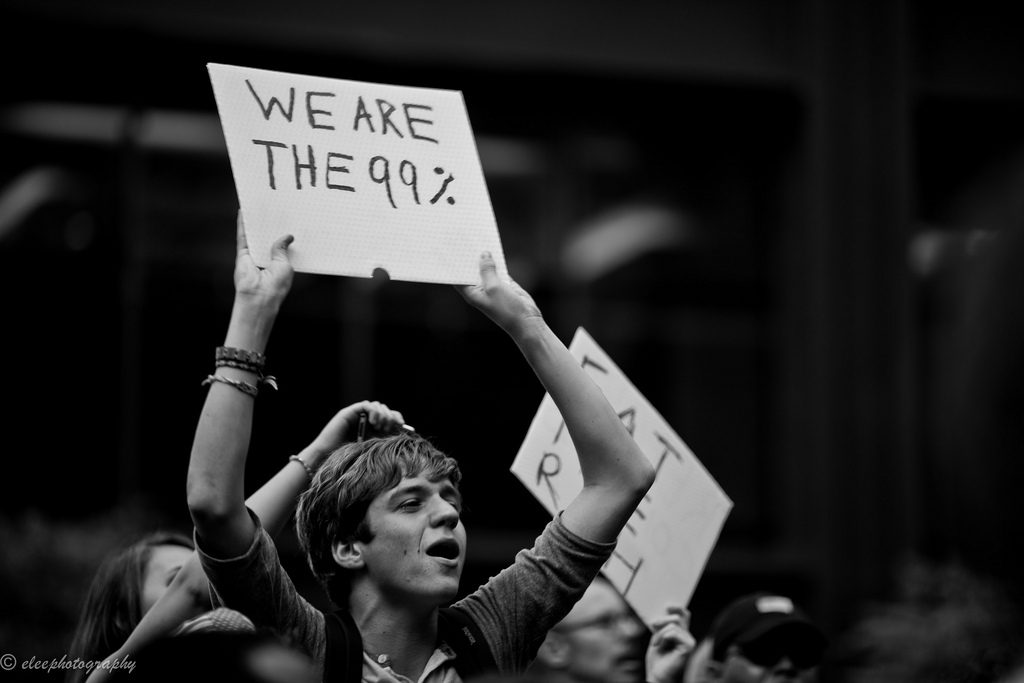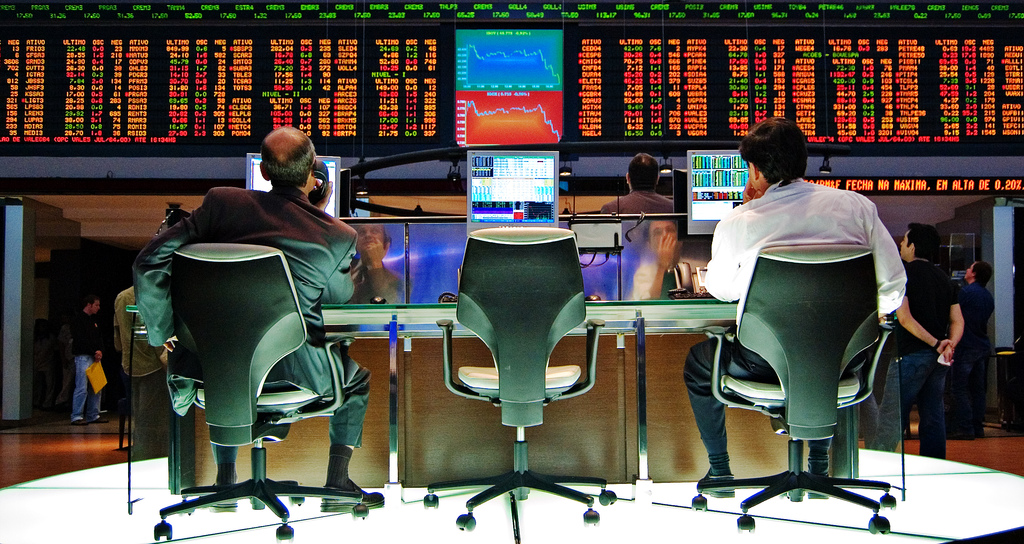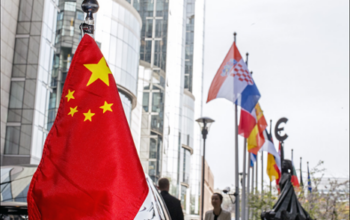Ten years ago, Lehman brothers collapsed. The shock waves of the financial crisis of 2008 could be felt throughout North America and Europe. One consequence was that trade finance trickled away and between 2008 and 2009 global trade and the stock market value decreased with a velocity not even observed during the Great Depression of the 1930s. To prevent another crisis of the same scale as the 2008 financial crash, provisions, i.e. mechanisms to monitor banks, were taken. The question, however, is: Are they sufficient?
What Awaits
Generally, the global economy was back on the path of recovery in 2012. Due to international cooperation, it is argued, international trade and foreign direct investment was improving. But while it may seem as if our economy is almost out of the metaphorical woods, with unemployment rates below the level of 2008 and the US economy being fairly strong, the next crisis is already looming on the horizon. And the structures we have in place might be far from helpful to prevent it or even soften the blow, not helped by an incomplete implementation of reforms decided upon after the Great Recession.
Inflation has, with nearly three percent, reached the highest level of the last six years, corporate debt is rising and with it the interest on that debt. In fact, global debt has reached a level three times higher than the global GDP and the Federal Reserve has already raised interest rates eight times since 2015. China is targeted by the US government’s trade war, as the dollar gets stronger it becomes increasingly difficult for emerging markets to repay their dollar debts (if there even is any chance of repayment at all). Pakistan requested a bail-out from the IMF, Turkey and Argentina are plunging head first into financial troubles, in 2018 the stock markets have recorded a decline due to US monetary policy and Brexit has left the UK vulnerable to a financial crisis. The list goes on.
And as if that was not enough, there are now ten banks that own more than fifty percent of the top hundred commercial banks’ assets. And the bigger the bank, the harder it falls when it falls. These ten biggest banks are so called ‘too-big-to-fail banks’. Their fall would send shudders through the economic world exceeding the seismographic scale, surpassing the extent of the Great Recession. And who will be left to clean up the rubble we have already seen in the aftermath of the 2008 crisis?

Economy and Populism
Unfortunately, financial troubles for banks, states, corporations and citizens are not the only consequence of the 2008 economic crisis. Not only has the crisis been linked to rise of suicide rates among the affected population, but to an increase of nationalist populism. In 2015 the Center for Economic Studies & Ifo Institute (CESifo) published a study showing that financial crises usually play into the hands of far-right parties, based on data of 100 financial crises and roughly 800 national elections in 20 democratic states since 1870.
Indeed, we can observe the surge of right-wing populism in the aftermath of the 2008 financial crisis. Since 2014, India has a nationalist government and recently Poland had to face repeated criticism by the European Union concerning their right-wing policies. Austria is governed by a coalition of the conservative party ÖVP and the right-wing populist FPÖ and only by a hair’s breadth elected Green Party politician Van der Bellen as president instead of right-wing candidate Hofer. Trump is the President of the United States, the right-wing populist Sweden Democrats (SD) have made it into parliament with almost 18% in the 2018 general elections. And while in German cities such as, perhaps most heard about, Chemnitz, the counter-protests are considerably bigger than the Nazi protests; the fact that these protests happened speaks for itself.
Tell Me Why
But why do financial crises lead to a surge of right-wing populism? One explanation might be that crises do not appear out of nowhere. Usually people made of flesh and blood can be found to have made mistakes or miscalculations leading to the crisis. In the case of the most recent financial crisis, that would be the political and economic elites. This opens the door for right-wing populists using a people versus elites rhetoric based on portraying identification with the disillusioned voter and a simple, familiarity-creating language, and promising stability, and law and order.

One might assume that elite-skeptic left-wing parties would gain votes as well. Yet they do not. In contrast to left-wing parties, right-wing politicians are more willing to use foreigners and minorities as their scapegoat, providing seemingly easy answers, and making use of and feeding people’s fears. The availability and skill to use television and social media to spread their ideology and creating polarisation plays into the hands of populist parties.
While voting patterns usually swing back to their pre-crisis status quo after about five years, that was not the case after 2008. The financial crash of 2008 was not only a great shock with effects exceeding their average duration, but it was merely one stumbling block in a ten years long series. And as if that was not enough, populists were able to utilise terrorist attacks and refugee flows to drive their wedge into society.
What Happens After the Next Crisis
As populist parties gain votes, government majorities decrease making it harder to make decisions and effective policies in parliament, and also making it more challenging to deal well with a possible future financial crisis. The consequences of the 2008 crisis could have been much worse, had it not been for international cooperation. The increase of right-wing populism, however, is likely to lead us on the path of protectionism, complicating international cooperation. And another financial crisis itself would be likely to trigger an even higher increase of far-right populism.
In an interview with the Economist philosopher Slavoj Žižek goes even further. He claims that “populism is simply a new way to imagine capitalism without its (…) socially disruptive effects” and explains modern populism as a reaction to experts’ expertise not working. As an example he gives the 2008 financial crisis that appeared to catch even experts off guard. This loss of trust in not only political elites but so-called experts has lead to the return of the “traditional authoritarian master”.
by Merle Emrich
Photo Credits
That was supposed to be going up, wasn’t it?, Rafael Matsunaga, CC BY 2.0
Occupy Wall Street -45, Esther Lee, CC BY 2.0
East Side Gallery, Merle Emrich, All Rights Reserved










